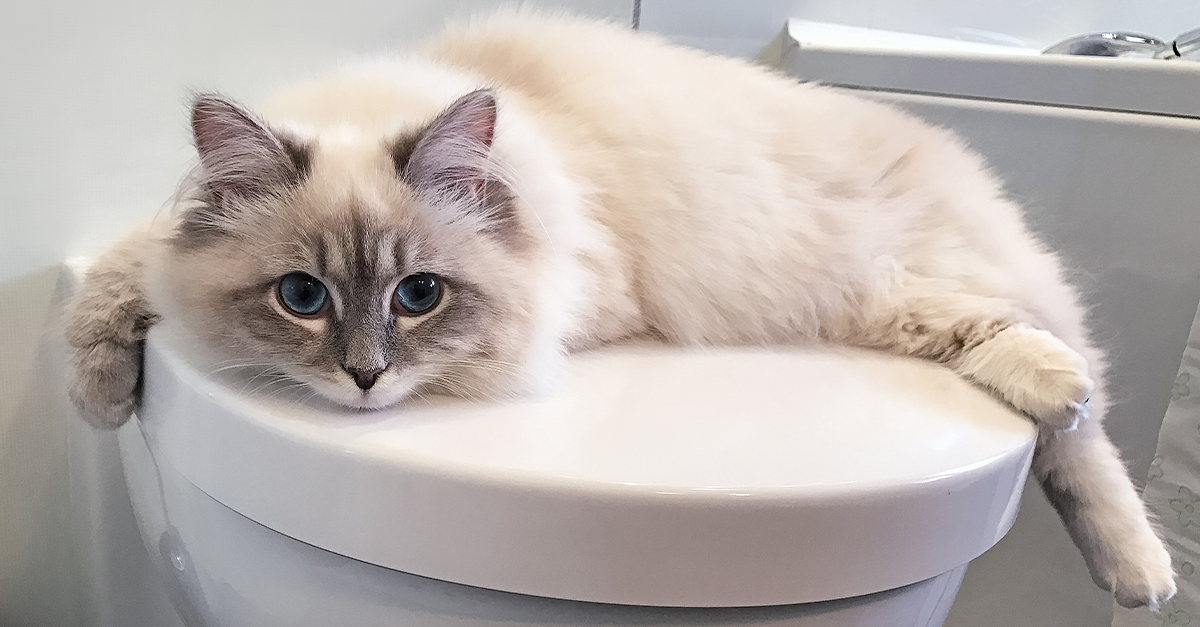Why Flushing Cat Poop Down Your Toilet Is Harmful - Tips for Correct Disposal
Book An Estimate NowWhat are your concepts on How to Dispose of Cat Poop and Litter Without Plastic Bags?

Introduction
As pet cat owners, it's essential to bear in mind how we dispose of our feline good friends' waste. While it might seem practical to flush pet cat poop down the bathroom, this practice can have damaging effects for both the environment and human health and wellness.
Alternatives to Flushing
The good news is, there are more secure and much more liable ways to deal with cat poop. Think about the complying with choices:
1. Scoop and Dispose in Trash
One of the most common technique of getting rid of pet cat poop is to scoop it into a naturally degradable bag and toss it in the garbage. Be sure to utilize a dedicated trash inside story and get rid of the waste without delay.
2. Use Biodegradable Litter
Go with eco-friendly feline litter made from products such as corn or wheat. These clutters are eco-friendly and can be safely dealt with in the trash.
3. Bury in the Yard
If you have a yard, consider burying cat waste in a designated location far from veggie gardens and water sources. Be sure to dig deep enough to prevent contamination of groundwater.
4. Mount a Pet Waste Disposal System
Buy a family pet waste disposal system specifically designed for pet cat waste. These systems make use of enzymes to break down the waste, minimizing odor and ecological effect.
Health Risks
Along with environmental problems, flushing feline waste can also posture health threats to people. Pet cat feces might include Toxoplasma gondii, a bloodsucker that can cause toxoplasmosis-- a potentially severe health problem, specifically for expecting females and individuals with weakened immune systems.
Ecological Impact
Purging pet cat poop presents harmful pathogens and parasites into the water system, posturing a considerable risk to aquatic ecosystems. These contaminants can adversely influence marine life and compromise water high quality.
Final thought
Responsible family pet possession expands past providing food and shelter-- it also involves correct waste monitoring. By avoiding purging pet cat poop down the commode and selecting alternate disposal techniques, we can reduce our environmental impact and safeguard human health.
Why You Should NEVER Flush Cat Poop (and/or Litter) Down Your Toilet
The Problem with Litter
The main function of litter is to solidify and adhere to your cat’s waste. While this makes litter excellent for collecting cat poop and urine, it’s also the exact property that makes it a nightmare when flushed down the toilet.
Cat litter can and will clog pipes. There is non-clumping litter, but it’s still quite heavy and can build up in pipes. This is true even of supposed “flushable litter.”
The problems only compound when the litter is already clumped into cat waste. Toilet paper is among the more flushable things, and even too much of that will clog a toilet.
The Problem with Cat Poop
Sewers and septic systems are designed with human waste in mind. The microbes that help break down human waste don’t work on cat waste. Additionally, cat poop plays host to the parasite Toxoplasma gondii.
When flushed, this parasite can enter the environment in places it was never meant to, posing a risk to pregnant women, their unborn children, and other people with compromised immune systems. While it might not seem possible, flushing cat poop can indeed introduce this parasite to the public water supply.
These reasons are why, even if you’ve trained your cat to go on the toilet and flush, which is possible, it’s still not a good idea. Also, pregnant women and the immunocompromised shouldn’t change litter, either.
How to Handle Litter
The best way to handle litter is to simply put it in a plastic bag and place it in the trash. Avoiding environmental risks and possible plumbing damage is worth the extra effort.
You can also invest in devices that seal away your cat’s waste in a separate compartment, so you don’t have to change the litter nearly as often. They’re also safer for pet owners because they limit the possibility of Toxoplasma gondii exposure.
Disposing of litter the old-fashioned way will ensure you won’t have to worry about any issues that flushing the waste can potentially cause.
Take Care of Clogged Pipes with Stephens Plumbing, Heating & Air Conditioning
The reasons you should never flush cat poop down your toilet are numerous, but sometimes the inevitable happens despite your best efforts.
Stephens Plumbing, Heating & Air Conditioning is ready to help if you’re experiencing litter-blocked plumbing. Whether you need us in an emergency or want to schedule regular maintenance, we’re here for you.
https://www.stephensplumbing.net/bathroom-plumbing/never-flush-cat-poop-down-your-toilet/

Do you really like reading up on How to Dispose of Cat Poop and Litter Without Plastic Bags? Make a short review down below. We would be pleased to know your suggestions about this write-up. We hope to see you back again in the near future. For those who liked our blog posting plz be sure to share it. I thank you for reading our article about Don’t flush cat feces down the toilet.
Get Your Estimate Now